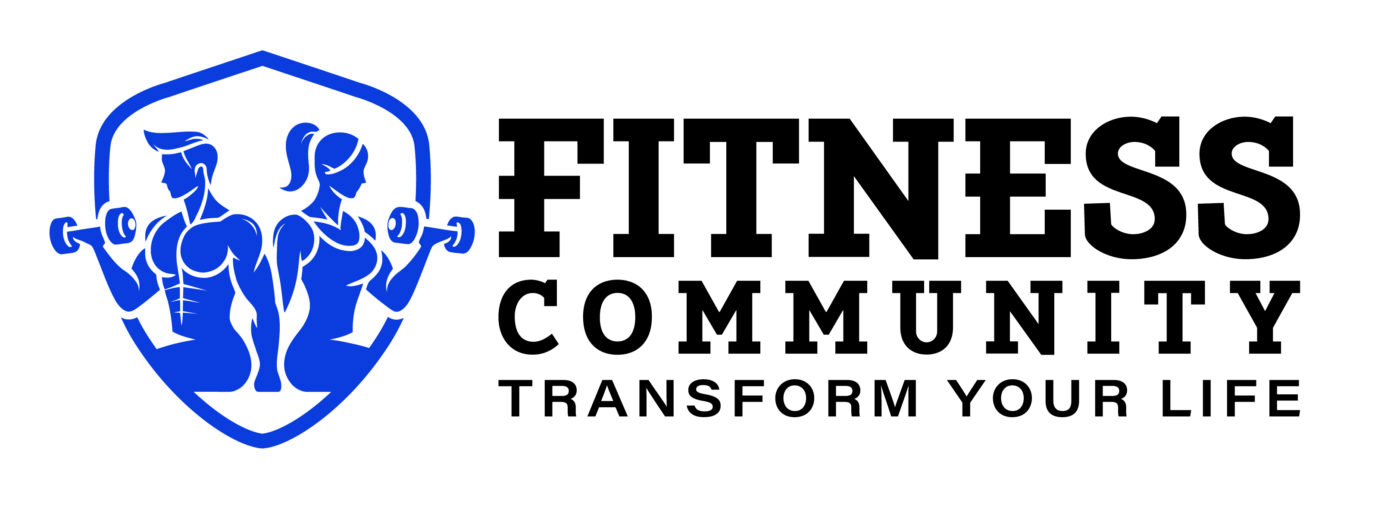EXERCISE AND WORKOUTS
Maximizing Your Fitness Gains: Expert Tips for Effective Workout Recovery
For those who treat exercise as a daily priority, understanding that recovery is just as crucial as the workout itself is a game-changer. Whether you’re strength training, engaging in high-intensity interval sessions, or logging miles on the treadmill, how you recover can impact performance, prevent injuries, and support long-term well-being.
To break down the best recovery practices, we spoke with Louis Chandler, a certified personal trainer and head trainer at Alo Wellness Club, who shares expert insights on optimizing post-workout recovery, avoiding common mistakes, and maximizing results.
Why Recovery Matters
Effective recovery goes beyond reducing muscle soreness—it helps the body adapt, grow, and perform at its best. “Neglecting recovery can lead to overtraining, decreased performance, and even injury,” says Chandler. Key components of post-workout recovery include:
Proper nutrition and hydration to replenish glycogen (the body’s main energy storage) and support muscle repair
Rest and sleep to regulate hormones and promote cellular recovery
Active recovery and mobility work to enhance circulation and reduce stiffness
Stress management to prevent mental burnout and regulate cortisol levels
Recovery Tips Based on Workout Type
Not all workouts require the same recovery approach. Chandler shares tailored strategies for different training styles:
Strength Training: “Muscles need at least 48 hours to repair, so adequate protein intake and rest are essential,” says Chandler. Foam rolling and massage can aid muscle recovery.
Cardio Workouts: Endurance activities deplete glycogen stores, making carbohydrate replenishment and hydration key.
High-Intensity Interval Training (HIIT): A mix of protein and carbs helps recovery, along with stress management techniques such as deep breathing and mobility work. “Cold therapy, such as ice baths, can help reduce inflammation and speed up muscle repair,” Chandler adds.
Optimal Nutrition for Faster Recovery
Food and hydration play a crucial role in recovery. “Protein supports muscle repair, while carbs replenish glycogen stores,” says Chandler. Some ideal post-workout foods include:
Lean meats, eggs, or Greek yogurt
Fruits and whole grains
Electrolytes such as sodium, potassium, and magnesium
Although daily protein intake is more important than timing, consuming protein within a few hours post-workout can accelerate muscle repair, particularly after strength training.
Hydration is equally essential for muscle function and circulation. While water is often enough, Chandler notes that for prolonged or intense workouts, “electrolyte drinks or coconut water can help restore balance.”
The Role of Sleep in Recovery
“Sleep is the most powerful recovery tool,” Chandler emphasizes. Sleep aids in muscle repair, hormone balance, and immune function. While most people need 7-9 hours of sleep per night, elite athletes may require up to 10 hours.
Short naps (20-30 minutes) can improve alertness and reduce fatigue, particularly for those training multiple times per day. However, longer naps can disrupt nighttime sleep.
Overtraining can elevate cortisol levels, making sleep more difficult. If you’re experiencing sleep disturbances, Chandler suggests:
Taking rest days for full recovery
Practicing breath work and mindfulness to manage stress
Adjusting workout intensity to prevent burnout
Breath Work and Mindfulness for Recovery
Recovery isn’t just physical—it’s mental. “Mindfulness and breath work lower cortisol levels and promote relaxation, which enhances sleep and overall recovery,” Chandler explains. Deep breathing exercises and meditation can also aid in muscle relaxation and oxygen flow.
Common Recovery Mistakes to Avoid
Even experienced athletes make mistakes when it comes to recovery. Chandler highlights the biggest pitfalls:
Not getting enough sleep
Skipping proper hydration or nutrition
Relying too much on supplements or recovery tools instead of foundational practices
Ignoring signs of overtraining, such as persistent fatigue or declining performance
Do Ice Baths, Cryotherapy, and Saunas Work?
Recovery therapies such as ice baths and saunas are popular among athletes. Chandler explains how they can be beneficial:
Ice Baths & Cryotherapy: Help reduce inflammation and soreness, making them useful after intense training.
Saunas: May improve circulation, promote relaxation, and aid long-term muscle recovery.
These methods can support recovery but should be used strategically based on training goals.
Are Recovery Tools Worth the Investment?
Massage guns, foam rollers, and compression gear have flooded the fitness market, but are they necessary? “Recovery tools can enhance circulation and reduce soreness, but they should complement, not replace, fundamentals like mobility work and stretching,” says Chandler.
Prioritizing Recovery for Long-Term Success
Incorporating expert-backed recovery strategies—such as proper nutrition, sleep, hydration, and mindfulness—can help you stay consistent, prevent injuries, and optimize performance. By listening to your body and committing to recovery, you’ll not only improve your workouts but also maintain long-term health and fitness success.

